Breezing Through Batangas | Motourismo
When Batangas adopted the tourism slogan “It’s all here, it’s so near”, it wasn’t making an empty brag. Travel bugs from Metro Manila and neighboring provinces in the olden days knew that it was a consummate destination with its scenic contours, rich waters, lush marine life, succulent cuisine,and a colorful heritage and way of life reflective of the people’s character.
With 30 towns and 4 cities, the options are infinite and can be disorienting, so we decided to cluster the attractions into themes to help you create your own road trip “menu”.
1. Taal Lake and Volcano.
These unique andiconic natural wonders are must-sees because of the enigmatic allure of the small but terrible volcano. The towns of Talisay, Laurel, Agoncillo, San Nicolas, Balete and Mataas na Kahoy, as well as Tanauan City offer an up-close view of Taal, and boat trips to the volcano island from selected points.
Lakeshore resorts, most notably Taal Lake Yacht Club in Talisay, offer a variety of watersports such as dinghy and hobie sailing, kayaking, and stand-up paddling.
2. Churches and Shrines.
An indispensable part of a Pinoy’s journey is to seek divine guidance for traveling mercies and stop over at a church along the way. The Spanish-era churches of Tanauan, Lipa, San Jose, Batangas City, Balayan, Alitagtag, San Juan and Taal evoke the deep history and religiosity of the locals.
Contemporary pilgrimage sites are the Marian Orchard, a prayer park in Balete, and the National Shrine of Saint Padre Pio, a hilltop garden-themed church in Sto. Tomas which is visited by devotees for seeking for healing. On the far end of Batangas City is Montemaria Shrine whose centerpiece is a 117-meter statue of the Virgin Mary overlooking the bay.
3. Taal Heritage Village.
Travel back in time in one of the country’s best-preserved colonial townships, whose heritage structures include the Leon Apacible Mansion, the Marcela Marino Agoncillo Museum, Felipe Agoncillo Museum, Galleria de Taal,and CasaTortuga where guests can dress up in period costumes and dine in style.
In the heart of the town is the Basilica of San Martin de Tours which was once Asia’s biggest church. Other heritage areas are the Church of Our Lady of Caysasay and the nearby Spring Wells which are believed to be therapeutic and miraculous.
Marvel at the age-old crafts of hand embroidery of Barong Tagalog cloth and the balisong fan knife, and sample their distinct empanada, adobo sadilaw, and panutsang mani.
4. Beach Galore.
The province is a veritable water world with an infinity of sand and sea at the bays of Tayabas, Batangas, Balayan and Nasugbu, and the Verde Island Passage.
The coastal village of Laiya in San Juan town is an old-time haven for beach bums, and is now evolving into a world class seafront by classy resorts, residential and marina properties.
At a corner of the famed Laiya Beach stretch the 7-hectare La Luz Beach Resort, known for its cozy lodging, spa services, and water sports recreation, which lies beside the massive Hugom Rock.
Nasugbu Bay, which embraces Lian, Calatagan and Nasugbu, is an aquas ports playground of upscale properties, and still hosts the home-grown resorts when the beach area was still Metro Manila’s top getaway.
5. Scuba Diving.
The closest diving spot to the big city are the towns of Mabini, Bauan and Tingloy, which hug the coast of Janao and Balayan Bays. Popularly known as Anilao, the vast expanse has 48 dive sites and is acknowledged as the world’s second top macro underwater photography site.
Verde Island Passage, situated across the mainland, is referred to by the Unesco as the “center of the center of the world’s marine diversity” being at the heart of the Coral Triangle.
Batangas Bay, which lines most of the remote industrial barangays of Batangas City, is emerging as a new diving haven with Playa Montaña Beach Hotel as its future hub and training center.
At Nasugbu Bay, Pico de Loro Beach and Country Club offers unexplored dive sites around its shores and the famed Fortune Island.
6. Farm Tourism.
Blessed with fertile soil which yield abundant harvest, unique farm-based tourist spots have emerged in recent years. Milea Bee Farm in San Jose, accredited by the Department of Tourism as a farm tourism site, is dedicated to the propagation of honey-producing Italian bee species.
It offers a farm tour highlighting the role of bees in maintaining the ecological balance, and other plant varieties in the premises. Guests can also avail of organic honeybee health and food products, as well as farm-to-table dishes for a complete experience.
The Farm at San Benito is a high-end wellness retreat tucked in Lipa City’s lushly-vegetated interiors which offers holistic treatment which includes plant-based gourmet food.
7. Golf Courses.
Hit the greens amidst a panoramic background, and get your tan while swinging at the fairways of Summit Point and Mount Malarayat courses in Lipa City, Canyon Woods, Splendido Taal Golf Club, and Twin Lakes Golf Estate in Laurel, and Sandari Batulao in Nasugbu, among others.
8. Food trip.
While driving around, don’t forget to feast on the signature Batangueño specialties of bulalo, kaldereta and beef dishes, lomi, goto, tulingan, tawilis, and the rare and tasty maliputo fish sourced from the lake. For in-between meals, sink your teeth on the suman yakap and roadside kakanin you might come across with, and pair them with the aromatic barako coffee.
9. Staycation.
Laze at the cozy resort hotels which combine the eclectic blend of the Old World charm, warm local hospitality, and amenities of urban lodging. Among the best staycation hideaways are Limapark Hotel and The Suites at Mount Malarayat in Lipa City, Pontefino Hotel and Luk Lofts Hotel in Batangas City, and Bravo Tanauan Hotel, to name a few.
GCQ guidelines apply.
For more information, please contact the resort directly.




















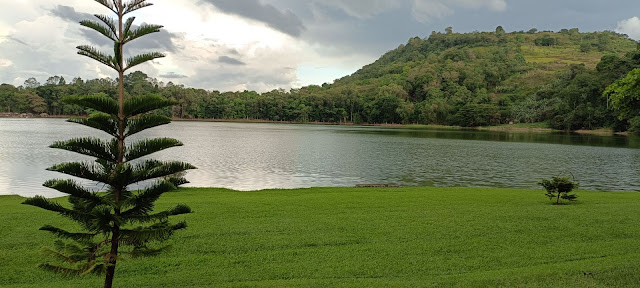

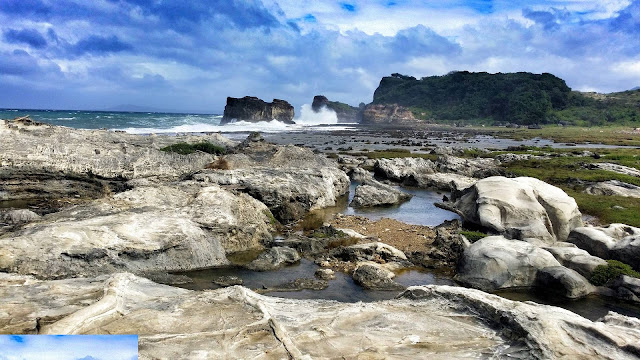
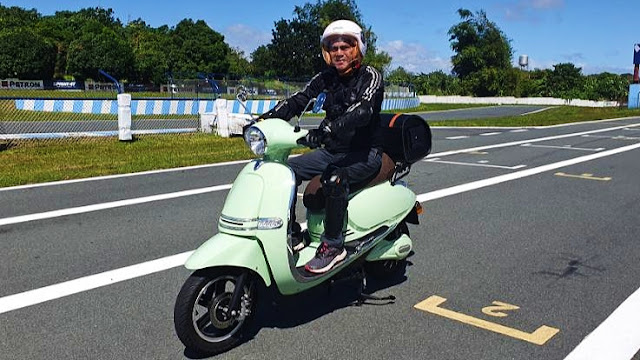

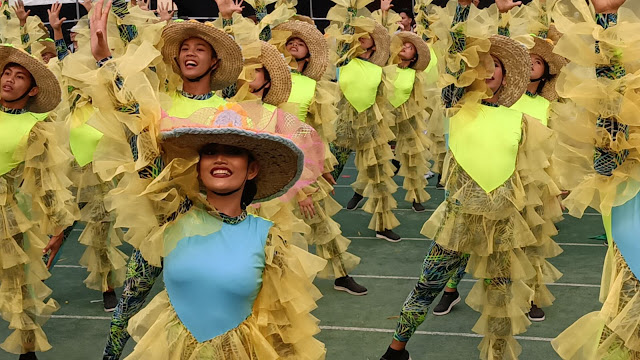
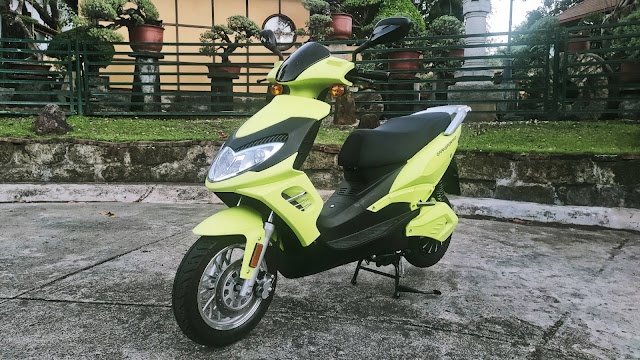

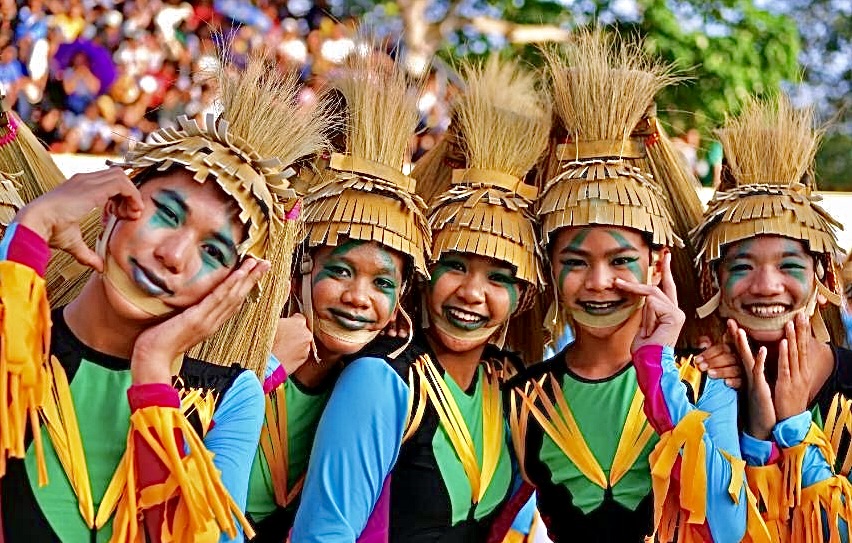







Comments
Post a Comment